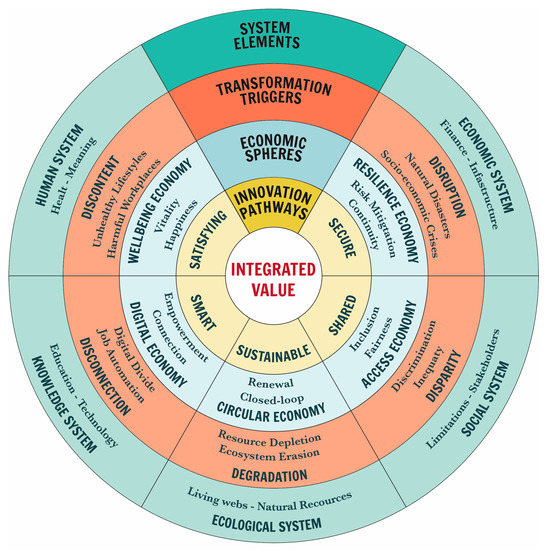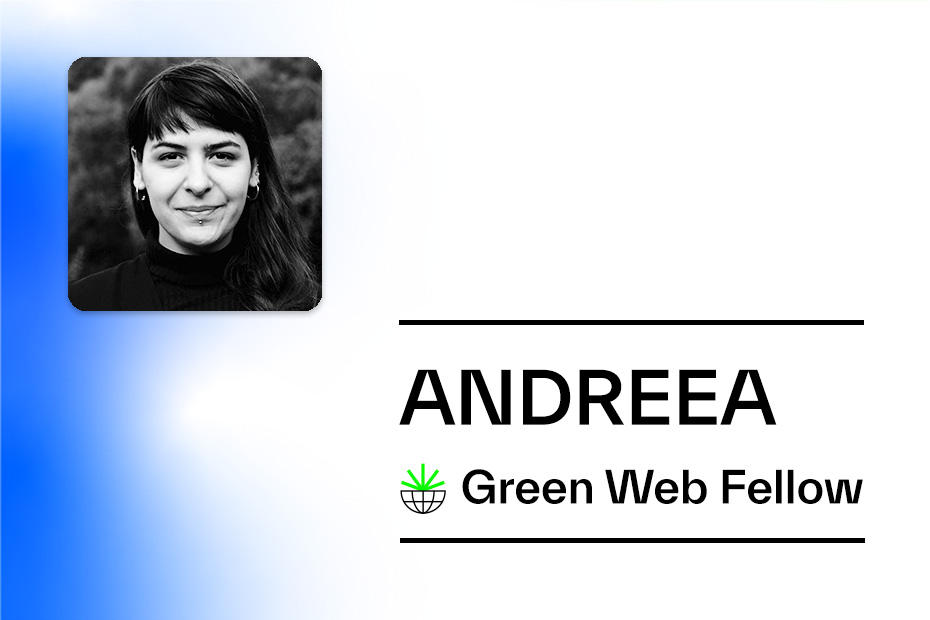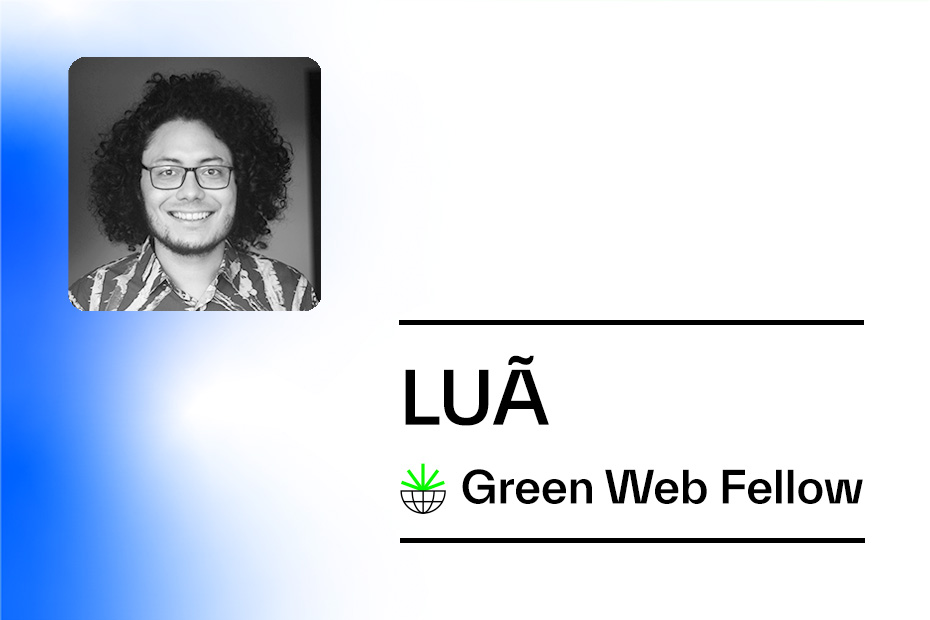It is often said that you can’t improve what you can’t measure. And for this reason, carbon emissions are an important tool for understanding where we’re at when helping organizations to become more sustainable. However, as I’ve read about how to measure the Internet’s carbon footprint over the past few months, I have to admit that I have many questions, most of which relate to the difficulties in measuring the carbon footprint of the Internet is difficult, as well as in knowing what data can help practitioners as they influence their organizations.
Some of the literature on the subject agrees with the idea that measuring energy consumption and emissions is only part of the equation. For example, the 2022 IPCC report states that digital technologies can help mitigate climate change, but “knowledge and evidences are yet limited”. Also, the Green Web Foundation’s recent report on this subject states that more reliable and open data is needed as we move forward.
Here are some of the ideas that I’ve considered in regard to the subject.
1. We can measure with accuracy, but not with precision
Despite the concerns that a lack of accurate information might create, there is already enough data available to make sensible assessments about how much energy the Internet consumes and to make assessments about what do to about it. Having said this, these knowledge gaps are still important, despite the fact that they don’t hinder our ability to assess the state of the Internet. What we know can also help us infer what practices might steer us towards sustainability.
By choosing good and sound methodologies, we can learn lots about the Internet. For example, on a recent panel organized by Fundación Avina which focused on the Internet infrastructure and artificial intelligence, Fabrizio Scrolini mentioned the example of an energy consumption estimate for the Internet in 2030, and how accurate they can be despite a lack of accurate information. Another good example of how methodology helps is this recent study by the University of Cambridge to assess Bitcoin’s energy consumption, which is able to track some information about the use of crypto, despite there being some unknowns such as how people use these technologies.
The fact that we can measure important data and make assessments based on it does not mean that we don’t need more and better data as we move forward. In fact, the lack of accurate information, however, makes the comparison between services and technologies more difficult, as well as the study of related parameters that can help pinpoint better standards and practices across digital technologies.
2. Measuring emissions helps solve a broader problem

https://www.mdpi.com/2071-1050/12/13/5247/htm
The Internet’s carbon footprint follows Goodhart’s law: When a measure becomes a metric, it ceases to be a good measure. We will notice this as we increasingly focus on reducing carbon emissions for specific services, by finding out how metrics can use subterfuges as we’ve seen in other industries where carbon is being reduced through malicious compliance or simply by sloppy practices.
While measuring carbon is very important to our understanding of the problem and to introducing measures to reduce the Internet’s environmental impact, we must note that carbon emissions and energy consumptions are part of a broader subject around sustainability. An analog example would be recognizing the need of knowing what we eat but understanding that we need to take further steps as we become healthier individuals: you don’t become suddenly healthier only by eating good things. Rather, we need to think about what we eat as part of our lifestyles. In terms of the Internet, that lifestyle can also encompass expectations, data consumption mindsets and the types of business models that are created and nurtured.
This means that sustainability is very much related to the systemic wellbeing of the Internet, which should bring our attention to the more than technologies: laws, economic patterns, and even user expectations. For this reason, Internet practitioners must go beyond choosing specific types of digital infrastructures or technologies; it requires thinking about how Internet practitioners help measure and learn about the impact of their practice, in order to help manage the innovation offer and demand of the Internet.
3. Measuring fosters innovation that is incremental—but better
When thinking about the transition towards a healthier use of digital resources, we face the problem of understanding the types of decisions that can make a difference, especially those within the reach and influence of Internet practitioners. Some of the decisions that first come to mind are about more than choosing technologies, since there is a need to create practices, measuring and evaluating, creating accountability and enabling collaboration across different stakeholders.
Some of these actions are within the degree of influence of practitioners while others are beyond their skill level or decision power. For example, they might recommend or adopt the use technical standards, as long as they don’t affect business models. This does not mean, however, that these decisions are unimportant. Internet practitioners have great potential because they understand and manage the technologies that drive innovation and transform business models.
For this reason, small incremental decisions such as deciding formats or platforms could be as important to developers as they would be for content creators and streamers. This is where measuring is a part of a broader communication strategy for organizations that can allow the following:
- Convince other members of organizations of the environmental consequences of their decisions around business models that are tied to specific technologies and technical standards.
- Driving technological innovation in more directions than only profit.
- Nudging governments to put in place incentives to decarbonize technologies.
- To help the industry compare and learn by learning about how they create positive and negative impacts beyond its direct spheres of influence.



